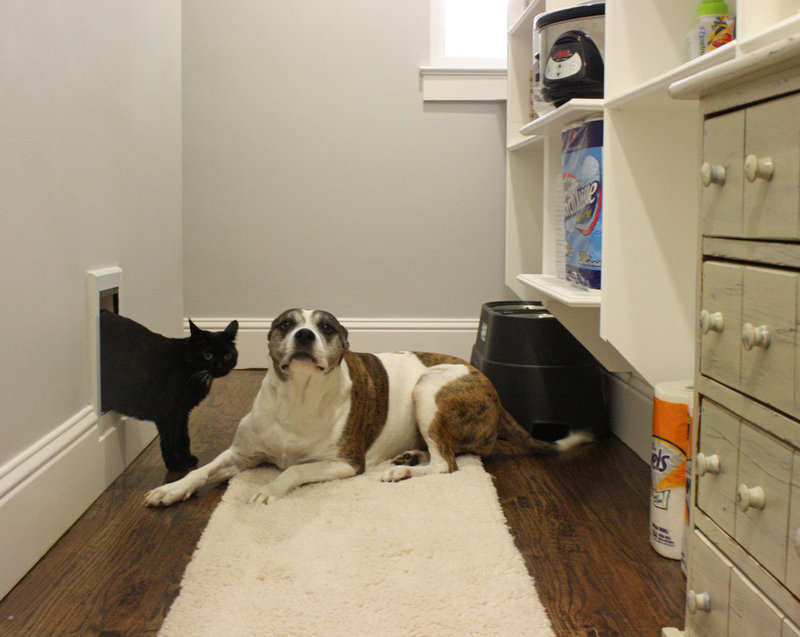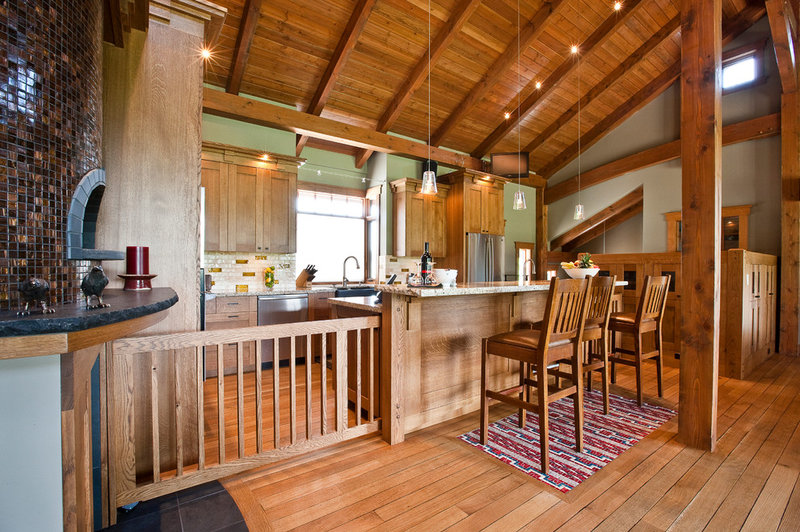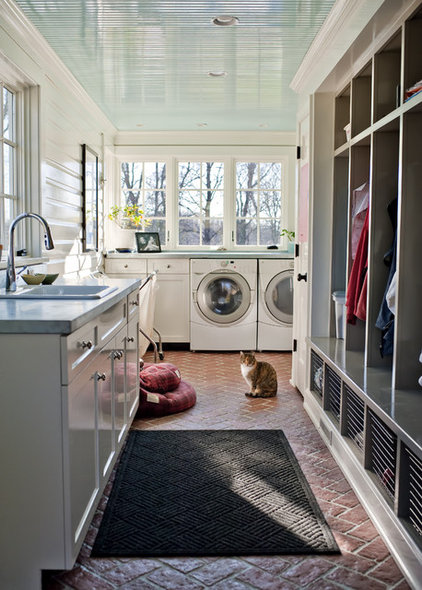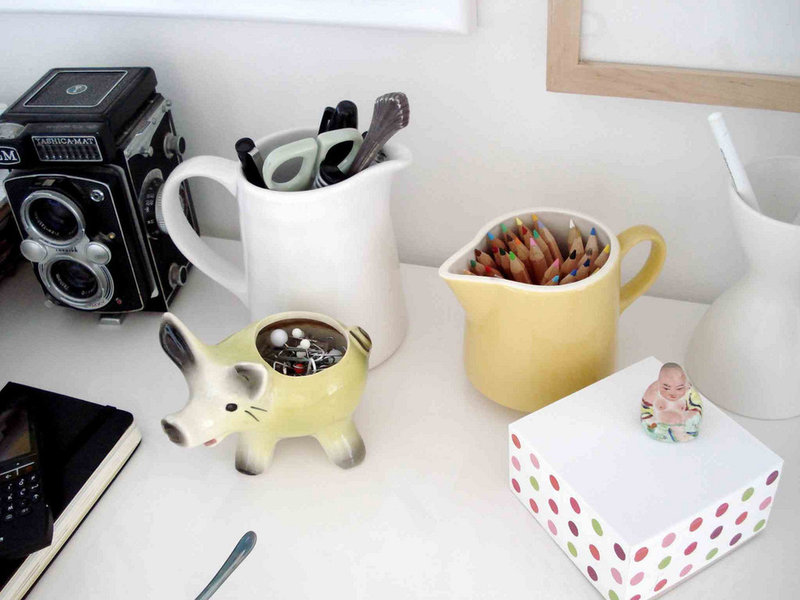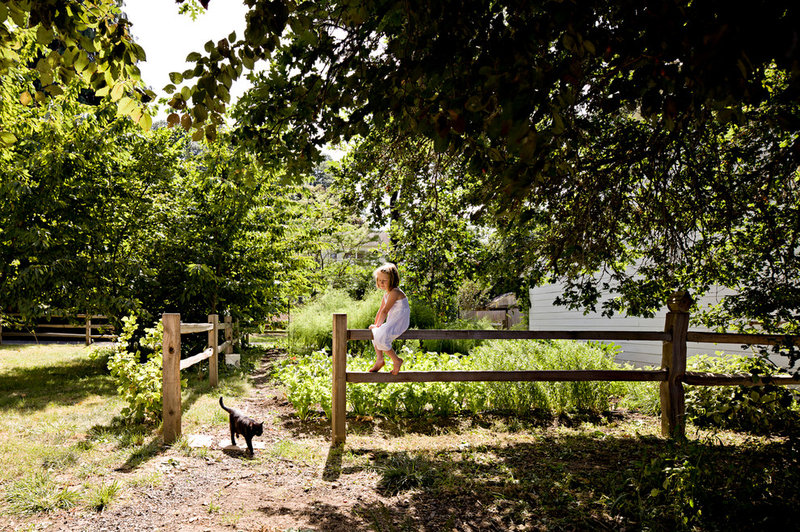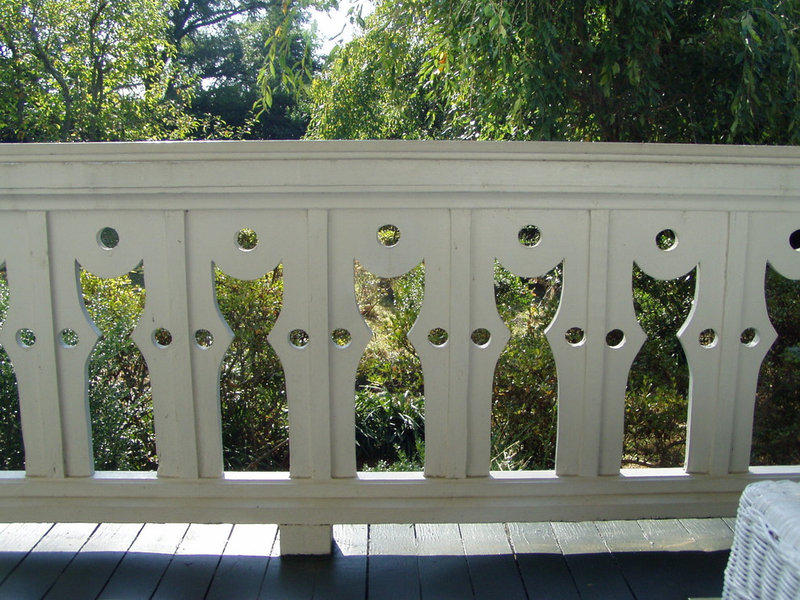Edmonton Springtime Maintenance
Sunday, March 23rd, 2014Inspecting your home on a regular basis and following good maintenance practices is the best way to protect the investment you have in your home. Spring is here, and an important season regarding home maintenance. We may get more spring storms but I can promise eventually all the snow will melt. So here you go, some tips to maintain your home through the spring prepare your home for summer.
- Check your eaves troughs and downspouts for loose joints and secure attachment to your home, clear any obstructions and ensure water is flowing away from your foundation.
- Check your sump pump. It will work very hard during the spring thaw. Is it operating properly? Clear any obstructions from the discharge pipe and make sure it allows water to drain away from the foundation.
- Examine your foundation wall for signs of cracks, leaks or moisture and repair as necessary.
- Assess all painted wood surfaces (window and door frames, wood siding, accent trim, decks and fences) make a plan to paint surfaces as required in the summer when the temperature is warmer during the over night period.
- Inspect all railings and stairs for safety.
- Using binoculars inspect the roof for missing or curled shingles, damaged air vents and anything that seems unusual, consult a roofer if you observe damage.
- Check all the places air enters or exhausts from the home. Are the grates clean, do the exhaust vents have functioning flappers. Check the dryer vent for lint. Vacuum all your bathroom exhaust fan grates and since you have the vacuum out do the same for your smoke detectors and carbon monoxide detectors.
- Test your smoke detectors with smoke (light a candle and blow it out close to your smoke detector)
- In mid April it is time to clean your humidifiers and put them away for the season. If your humidifier is attached to the furnace shut it off for the summer. If you use a de-humidifier in the summer, clean it, set it up and test it.
- Clean or replace your furnace filter.
- If your house is equipped with air conditioning, uncover the compressor unit, inspect the insulation on the lines and clean debris from the condenser. Check the breaker and turn it on, consider having your air conditioner serviced (recommended every 2-3 years). Do not test the unit until the outside temperature exceeds 15 degrees Celsius.
- Have fireplace and wood stove chimney’s cleaned, I also recommend a WETT inspection.
- Turn off pilot lights on anything you may not use for the summer, like a garage furnace.
- Check all your window screens and hardware. Replace storm window with screens if you have an older home, clean all the window tracks for smooth operation this summer.
- Open your outside hose bib once all danger of frost is gone, inspect it for leaks.
- Maintain your landscape. Check for any grading issues and correct as needed. Cut back tree branches that are close to or overhanging the house and overhead electric service.
- Finally get the BBQ cleaned up, BBQ season is just around the corner!


